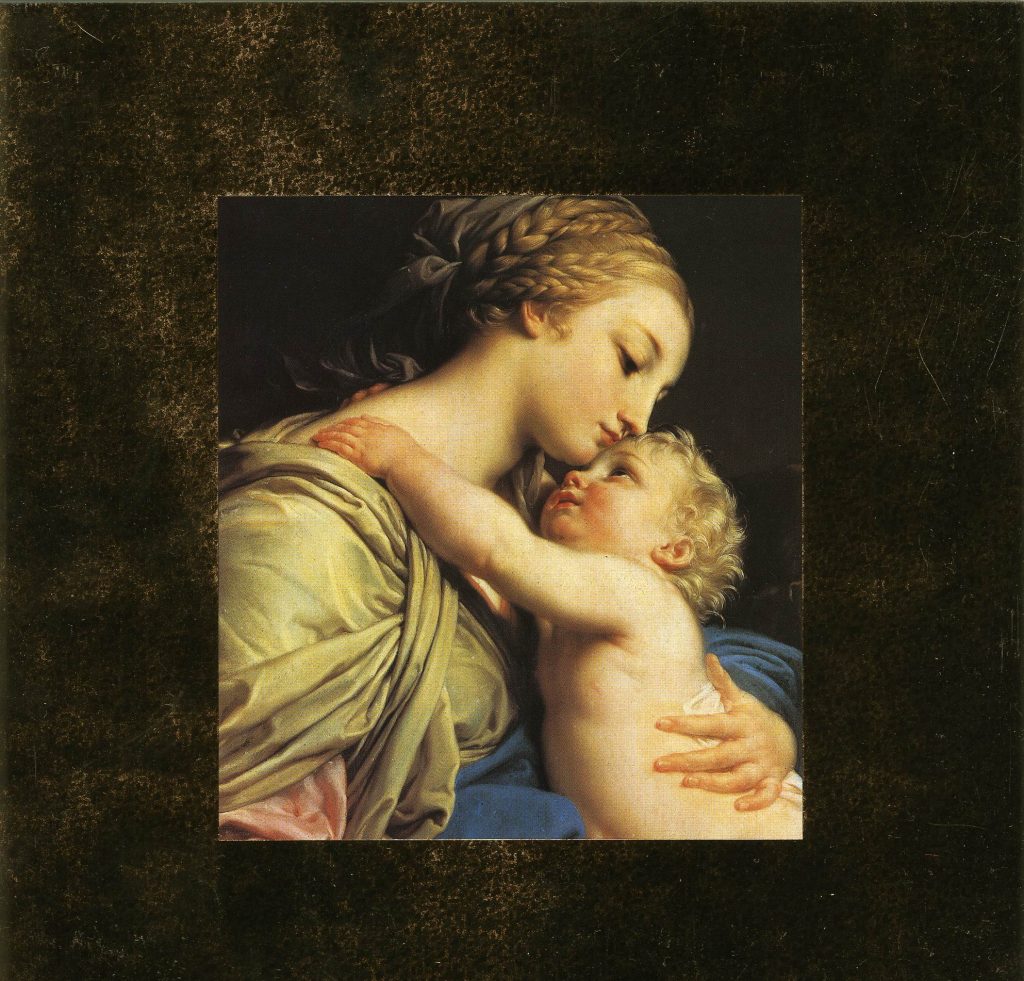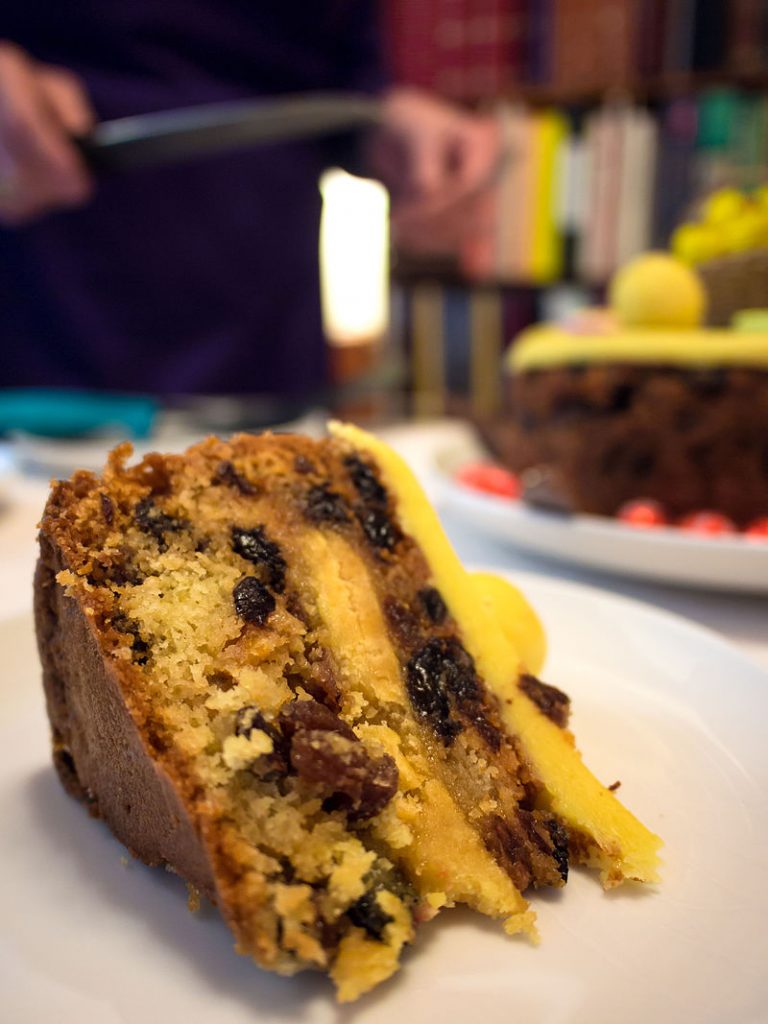
Strangely, very little to do with Mothers! Mothering Sunday is the 4th Sunday in Lent and is a day in which we are enjoined to visit our Mother Churches. It, therefore, became a day when people made processions to their Churches, and when servants and workers could go to their home parishes, and not only go to the Mother Church but also to say hello to their mothers. It was called Mothering Sunday when I was little but since then has morphed into the Americanism that is Mother’s Day.
In Church the Reading is often Isaiah 66:10–11
‘Rejoice ye with Jerusalem; and be ye glad for her, all ye that delight in her: exult and sing for joy with her, all ye that in sadness mourn for her; that ye may suck, and be satisfied with the breasts of her consolations.‘
Jerusalem is personified. here, as the Mother. Further associations with motherhood came from the Gospel for the day which is John 6:1–14, the story of the Feeding of the Five Thousand, which led to associations with the bounty of Mother Earth.
In the medieval period visits to the Mother Church seem to have become fiercely competitive. The Bishop of Lincoln, Robert Grosseteste decreed:
‘In each and every church you should strictly prohibit one parish from fighting with another over whose banners should come first in processions at the time of the annual visitation and veneration of the mother church. […] Those who dishonour their spiritual mother should not at all escape punishment, when those who dishonour their fleshly mothers are, in accordance with God’s law, cursed and punished with death.‘
(Letter 22.7 – Wikipedia)
Simnel Cake
It was also the Sunday in the fasting period of Lent in which the restrictions were relaxed, so you could eat what is called Simnel Cake.
I’ll to thee a Simnel bring
‘Gainst thou goest a-Mothering
So that, when she blesseth thee
Half that blessing thou’lt give me.
Herrick Hesperides 1647

Easter 2012
The Simnel cake is a fine flour light fruit cake (Latin simila, fine flour), with layers of marzipan in it. It often has 11 balls of marzipan on the top, representing the 11 (not Judas) apostles. The cake is first boiled for two hours and then baked.
Now, I know 95% of my American readers hate fruit cake, but believe me when I tell you – you are completely wrong! Its delicious, and here is the BBC’s recipe for you to try:
https://www.bbcgoodfood.com/recipes/easter-simnel-cake
And I’m beginning to see that cake is an emerging theme of this Almanac of the Past.
Written in March 23, slightly revised in March 24
Discover more from And Did Those Feet
Subscribe to get the latest posts sent to your email.
